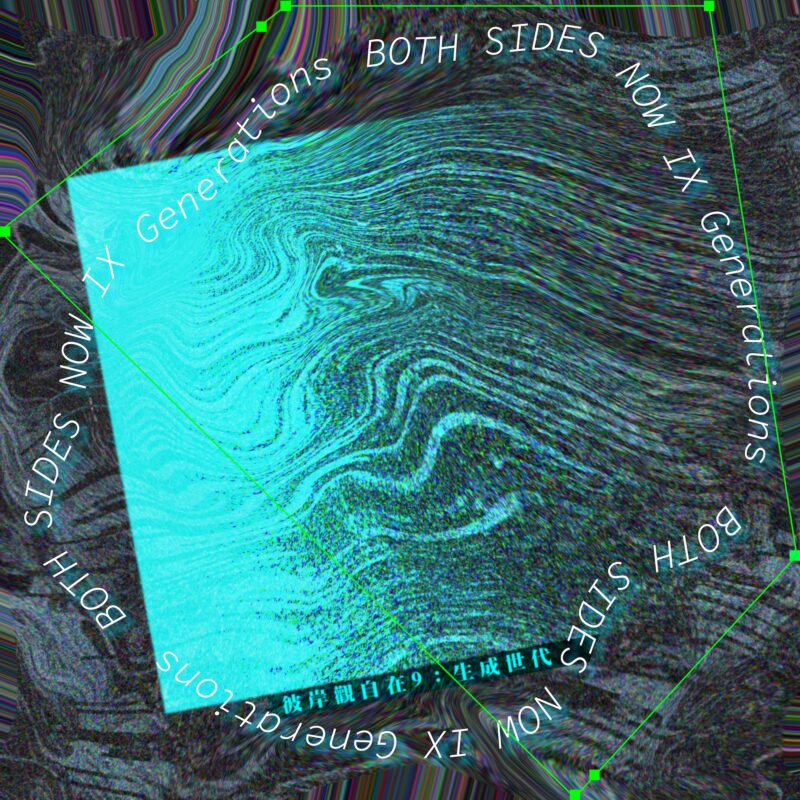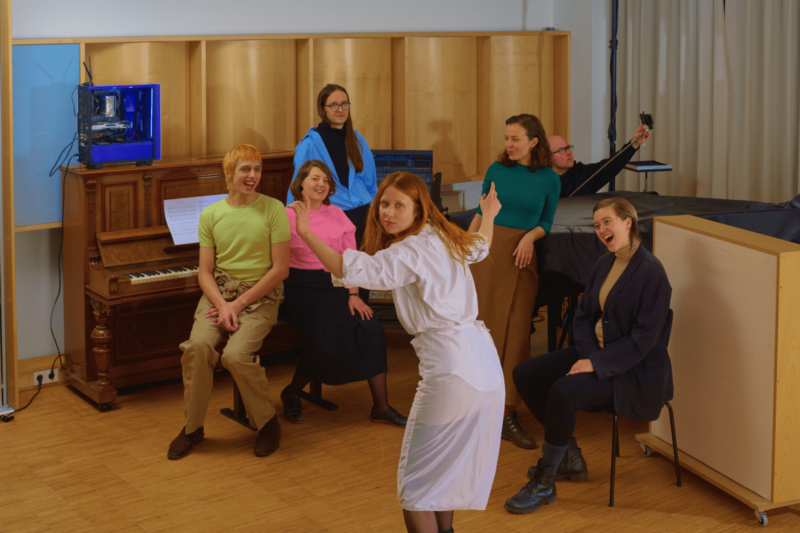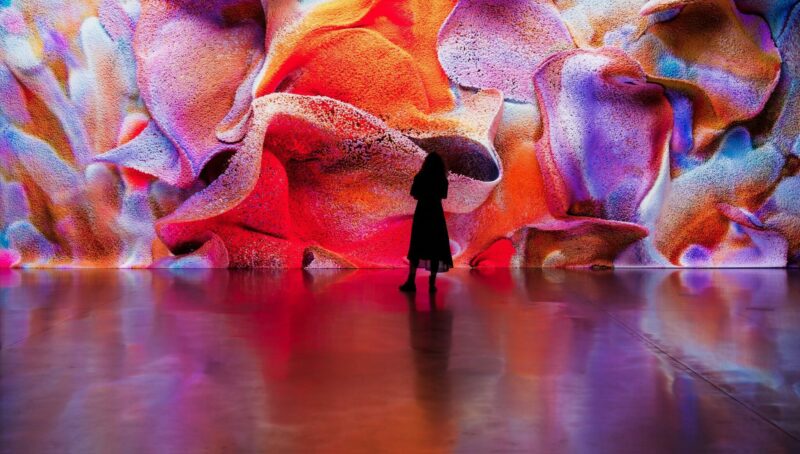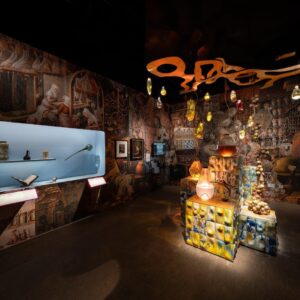It’s fair to say that most people in modern society have heard of and understand the concept of AI to some degree. Let’s look at a definition:
“Artificial intelligence is intelligence—perceiving, synthesizing, and inferring information—demonstrated by machines, as opposed to intelligence displayed by non-human animals and humans.”
It has been playing an increasingly large role in many parts of human life, and AI also impacts other industries apart from the art world, but things have been changing for artists who embrace AI rapidly. Though many more traditional artists reject the idea of creating art through artificial intelligence, algorithms, and input and prefer to stick to their tools and brushes, a huge part of the art community is moving gladly into the space of creating art via input instead of paint. Art has always been understood to be completely human in origin. Human minds and hands take inspiration and create something completely unique and in line with their creative spirit; is AI here to compete with that or usher in a new age of creativity? Let’s explore.
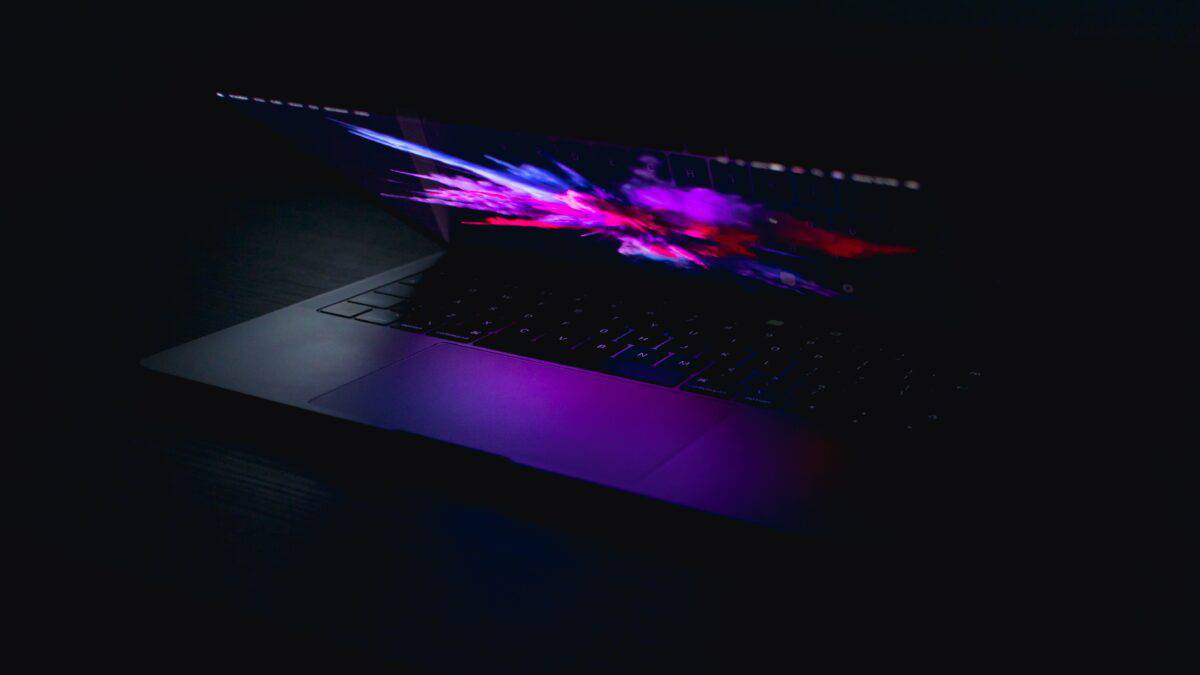
AI As A Creative Tool
AI is being used to great effect in many industries. It is used to monitor social media accounts, in self-driving cars to help maintain the car’s route and avoid any safety hazards, and in website design to man automated chats with customers. As a creative tool, it is relatively new. There’s been an almost Cambrian explosion in the number of AI artists and bots that can help everyday people learn to generate fantastical AI art themselves. We use these bots to create art pieces by inputting several commands that tell the bot what art style, color palette, and content the art should have. Crafting these prompts to get the desired result is an art form in itself, and algorithms can differ from bot to bot, so artists must try different options until they find something that suits them. Though the art is technically being created by something that many people would consider a robot, human creativity is still at the root of the process. Without an artist to prompt an AI bot to create something, there would be no art.
The first AI-generated artworks began to appear in galleries as far back as 1970, but the technology has come so far that the artworks created now are a world apart from the items generated back then. The complexity and varying styles new artists can create using this tool are mind-blowing. New techniques have emerged, new fantasy worlds are created, and new creations are rendered daily.

As recently as 2017, AI-generated art hung on the walls of the Tate Modern art gallery, so these artworks are taken very seriously by the who’s who of the art world. Digital artists and visual artists who work with physical tools have often butted heads over the nature of art. If it is possible to create using digital tools, never mind an AI bot. These art pieces are selling for unprecedented amounts as NFTs or physical prints, which leads us to believe that the modern world is, by and large, accepting of this new form of art. But will it be a fad that passes?
When revolutionary artists like Picasso, Andy Warhol (whose work is still hotly debated), Marina Abramovic, Marcel Duchamp, and Edouard Manet were all challenged when their new ways of creating art were revealed to the world, they went about things differently than had previously been done. The acceptable standards of the art world were challenged, but eventually, they were recognized as leaders in their fields. Will AI be the next revolution that shakes the art world? Will AI art remain as accepted as it is, become more accepted as a general discipline, or pass us by like a fad? Only time and a lot more art will reveal the answers to those questions.
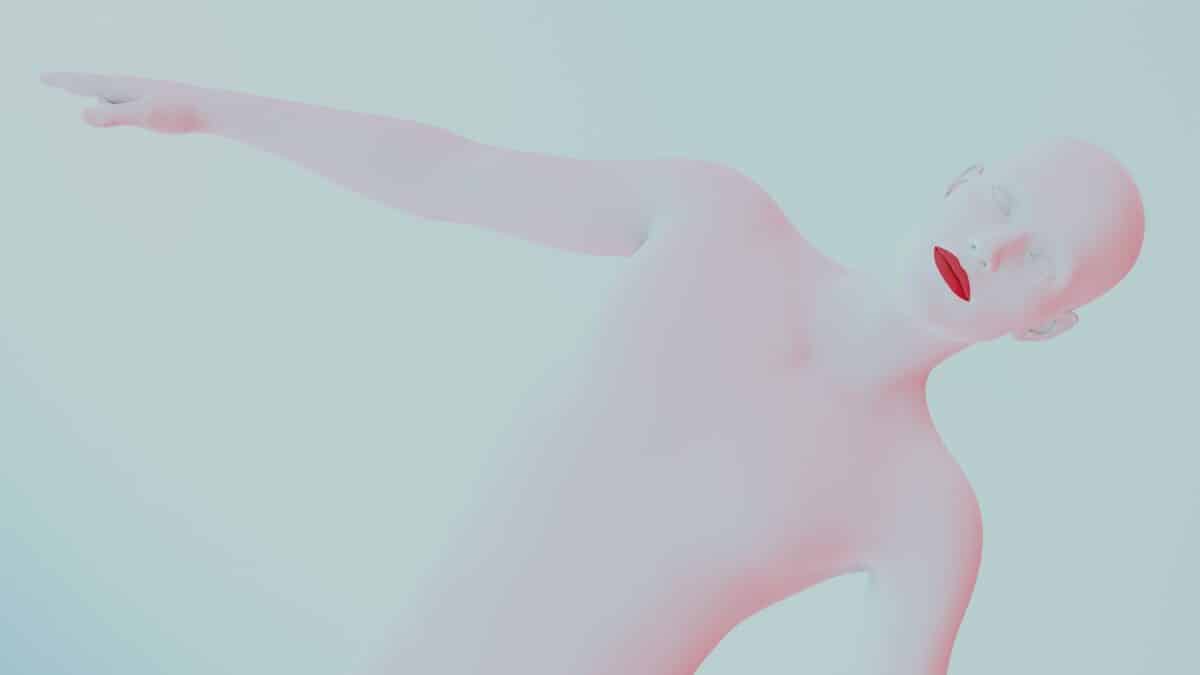
Wrap-Up
AI art has increasingly altered the digital art space since it first appeared on gallery walls. The very nature of the art world, owning physical paintings, for example, is changing fast. Our move towards the Metaverse and owning non-physical property like NFTs is going forward whether we like it or not; who knows what art will look like even a decade from now! AI in art is here, and it’s been on the scene for a while, so chances are it will be with us for some time to come

